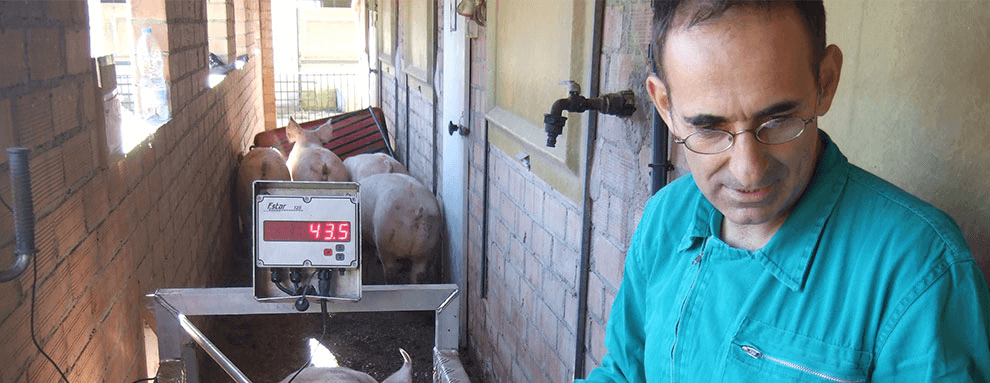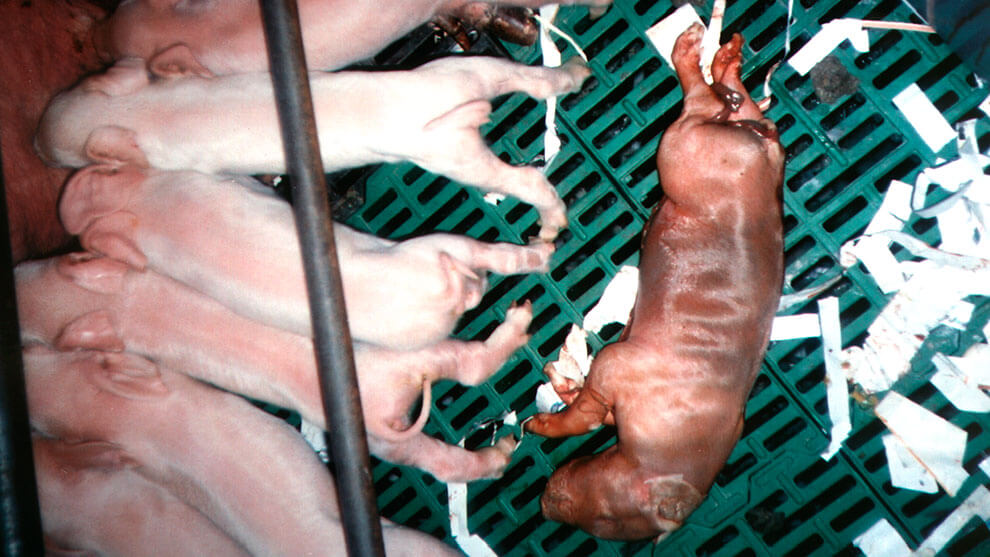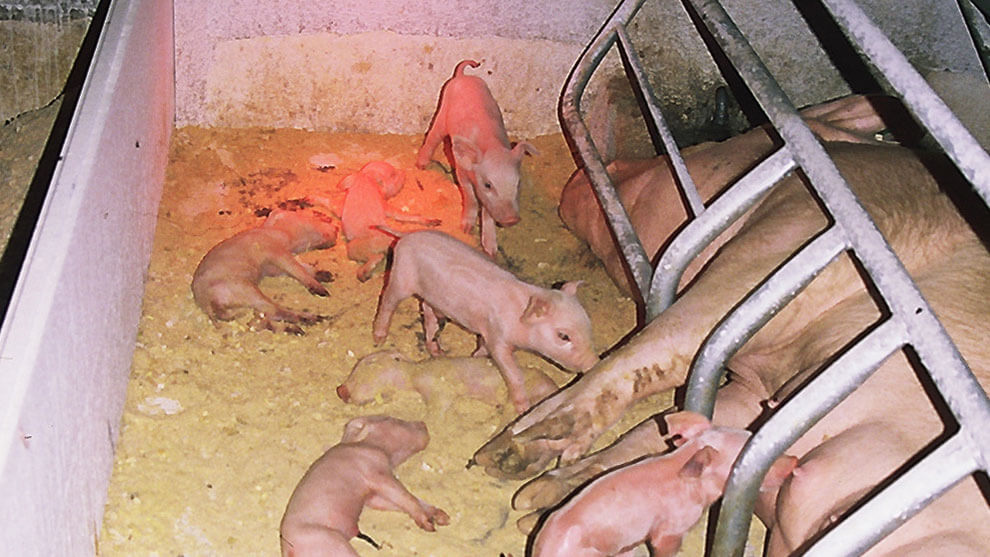Blog
Blog

PRRS: The Most Costly Disease for Pig Farms
24th January 2019 - News
Porcine Reproductive and Respiratory Syndrome (PRRS) is the most economically devastating disease affecting the swine industry today. The most significant problems occur in pregnant sows and suckling piglets, increasing perinatal mortality. To better understand the characteristics of this disease, we spoke with Enric Marco, a veterinarian at Marco Vetgrup.
What is porcine respiratory disease?
It is one of the most severe diseases in the swine sector because it causes significant losses, and we lack effective solutions, unlike other conditions. Additionally, what makes this disease particularly challenging is how difficult it is to control.
What are the most frequently reported respiratory diseases in sows?
The first is PRRS. After that, the second most frequent diseases are of a reproductive nature rather than respiratory.
When was this disease first diagnosed, and how long has it existed?
The first case in Spain was recorded in 1991 at a farm near a town in Huesca. However, from a clinical perspective, we did not yet know which etiological agent was responsible.
What types of viruses exist?
PRRS is caused by a virus from the Arterivirus genus, which targets immune cells and kills alveolar macrophages. This virus is classified into two types: the North American strain (Type 2) and the European strain (Type 1). Each outbreak has a different strain, and new strains continue to emerge because the virus has a high mutation rate.
What are the symptoms, and how does it affect animals?
Symptoms vary depending on the virus type and strain. Generally, the most significant impact is reproductive, which is often one of the first signs detected. Sows experience abortions, losing fetuses in the second half of pregnancy, almost at the end of gestation. Piglets may be stillborn, or premature births may occur, resulting in weak piglets with high postnatal mortality rates. PRRS also affects the nursery and finishing phases, as it is an enteric disease that persists in affected animals. Consequently, the farm experiences a complex infectious scenario, as previously controlled diseases may resurface. This means the virus remains present in the farm environment.

Piglets are born weak and have a high mortality rate. Photo: Enric Marco.
Which groups are most vulnerable?
The most affected animals are pigs in the early nursery phase, weighing between 7 and 20 kg. This is when the highest incidence of the disease occurs.
How long does the disease persist?
The disease can persist for a long time, depending on farm characteristics. In individual animals, the virus can last up to 5 or 6 months, but in farms, it remains for much longer due to ongoing reinfections in areas like post-weaning sections.
What treatments are available?
Currently, no effective treatment exists. Disease control relies on vaccination and antibiotic use in piglets. When an outbreak occurs in a farm, close monitoring is necessary to restore production stability, halt reproductive symptoms, and normalize the nursery and finishing phases. To achieve this, it is essential to implement proper replacement adaptation strategies and internal biosecurity measures to prevent virus circulation among different pig groups and reinfections in sows.
What are the consequences?
The economic impact varies depending on the strain and farm size. The cost per affected piglet ranges from €5 to €12, depending on secondary infections. The cost per affected piglet ranges from €5 to €12, depending on secondary infections.

Litter with high mortality due to being born viremic. Photo: Enric Marco.
What preventive strategies exist?
The best prevention method is biosecurity. With good external biosecurity, the virus can be prevented from entering the farm and with good internal biosecurity and hygiene work, infected pigs are prevented from infecting newborns and uninfected ones. With a correct organization, we will achieve faster control of the disease.
What is the incidence rate in Spain?
It is difficult to provide an exact figure, but PRRS is present in a high percentage of farms, remaining endemic in approximately 80% of swine operations. Prevalence rates vary significantly.
Which parts of the world are most affected?
The most affected regions are likely Italy, Germany, the Netherlands, and Belgium, which report the highest infection rates.
What future treatments are being considered for this syndrome?
Current efforts focus on vaccine development, but PRRS remains a challenge due to its high mutation rate. By the time a vaccine is developed, the virus may have already changed, making control extremely difficult. Additionally, the disease interacts with other infections, further complicating treatment. The goal is to find a definitive solution to eliminate PRRS clinical symptoms.








